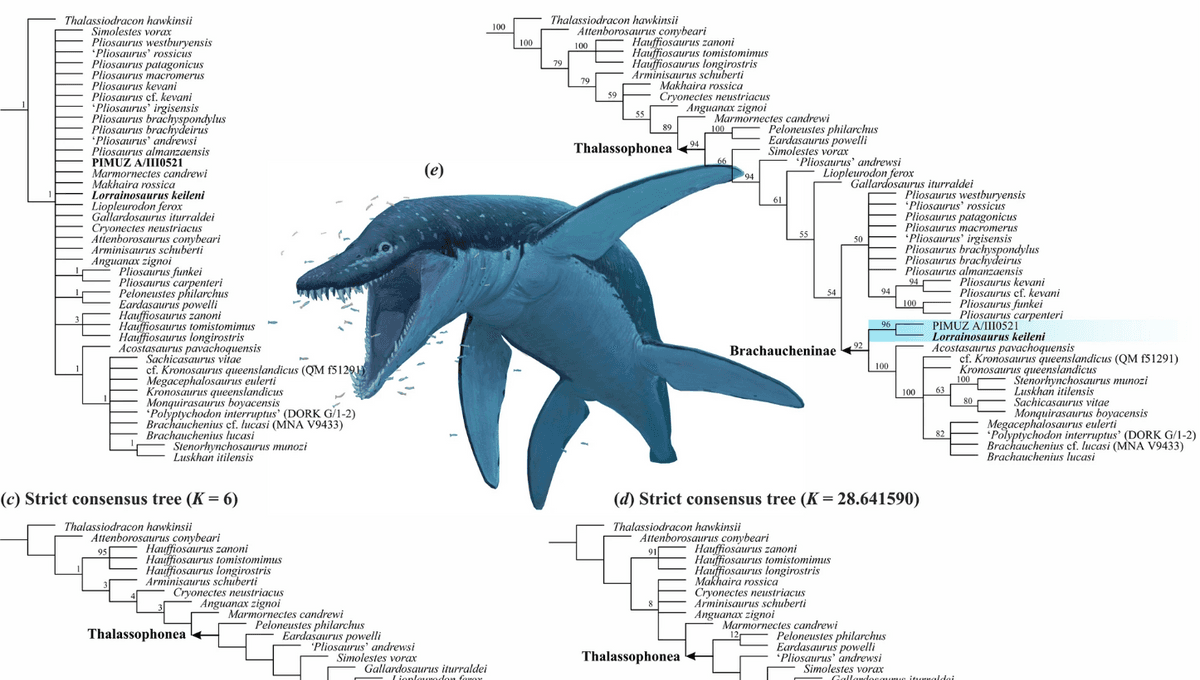
Museums, far from dusty remnants of the past, are a hotbed of discovery for the general public and researchers alike. In fact, a fossil exhibit in Luxembourg’s National Museum of Natural History (MNHN) has revealed a brand-new genus of pliosaur and with it, changed what we know about the ocean predators’ emergence.
The fossil was excavated in Lorraine, France, which went on to form part of the new genus name – Lorrainosaurus. “The remains of Lorrainosaurus were discovered in 1983 by paleontology enthusiasts from the ‘Mineralogical and Paleontological Association of Hayange and surrounding areas’. They recognized the importance of their discovery and donated the fossils to [MNHN],” explained Ben Thuy, co-author of a study analyzing the fossil, in a translated statement.
The Lorrainosaurus exhibited in MNHN was a certified big boi to human eyes, with huge jaws, teeth, and fins to boot. It’s thought to have been at least 6 meters (20 feet) long, with its skull taking up around 20 percent of that. That’s pretty small by pliosaur standards though – another recently discovered pliosaur species was estimated to be up to 14.4 meters (47 feet) in length.
As the oldest large pliosaur fossil known in a notoriously small fossil record of plesiosaurs (the clade, or group, that pliosaurs belong to), researchers hoped that the Lorrainosaurus remains could provide a more precise estimate of when some of pliosaurs’ key physical traits emerged. These were namely their large jaws and teeth, features that helped them to be such successful hunters that they are known as “sea murderers”.
On top of concluding that the fossil represented an entirely new genus of pliosaur, the study made some important discoveries about when and where pliosaurs emerged.
“We were able to show that Lorrainosaurus was one of the first truly large pliosaurs to develop and give rise to a dynasty of marine reptile super-predators that dominated the oceans for around 80 million years,” said Sven Sachs, who led the study.
In a series of posts to X, formerly known as Twitter, Sachs also explained that Lorrainosaurus indicates that the megapredators emerged earlier than previously thought, during the early-Middle Jurassic period, in a region that now covers Western Europe. It also coincided with some major ecological changes, including a long, global extinction of other reptilian marine predators.
Lorrainosaurus might be “small”, but it’s certainly made a hefty impact in the past and the present.
The study is published in Scientific Reports.
Source Link: New “Super Predator” Pliosaur Genus Changes What We Know About Ancient Sea Monsters